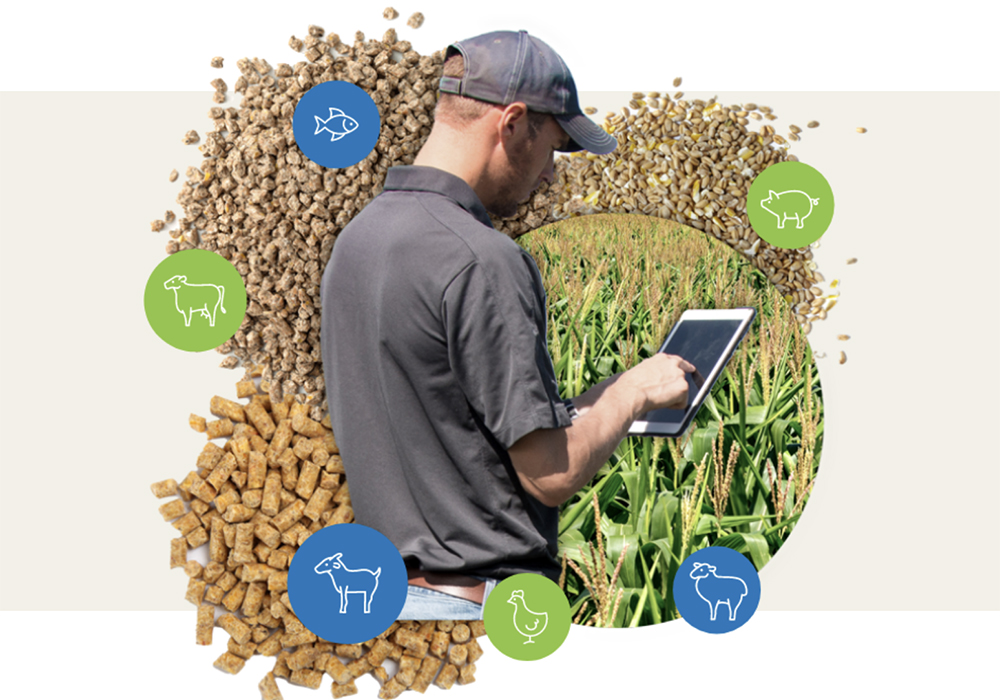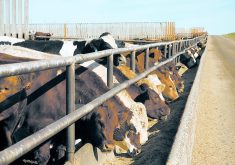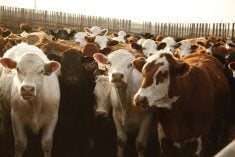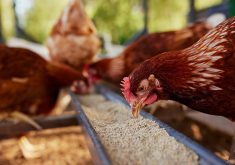WINNIPEG — On-farm feed millers will need to be careful to make sure they’re complying with new feed regulations coming into force, according to the Animal Nutrition Association of Canada.
“The more complicated the farm, the more controls they’re going to have to have in place,” executive director Melissa Dumont said during a question and answer session at the organization’s annual conference.
The feed industry operates a quality assurance program called FeedAssure, which some farms have joined. With new national feed regulations expected to come into force in 2024, farmers need to check for updated requirements for the program and also to ensure they are complying with the law.
Read Also

New coal mine proposal met with old concerns
A smaller version of the previously rejected Grassy Mountain coal mine project in Crowsnest Pass is back on the table, and the Livingstone Landowners Group continues to voice concerns about the environmental risks.
On-farm feed preparation has become more common as livestock operations have expanded. How FeedAssure and laws apply to those operations differs based on what they’re doing and for whom.
“It depends,” said Dumont.
For example, making feed without medical or “with risk” components only for on-farm use probably won’t require any extra steps. However, if meds are being mixed in, then more steps and documentation will be required.
And if an on-farm mill supplies feed to other farms, it will need to do everything a commercial mill is required to do, as is already the case.
“He’s considered a commercial feed mill,” said Dumont.
“They have to meet every single piece of the regulations.”
That includes labelling ingredients, providing hazardous analysis information and ensuring that only approved ingredients are included in rations.
Canadian Food Inspection Agency inspections won’t likely be completely random because there aren’t enough inspectors. Instead, “what they’re going to try to do is identify the higher risk ones.”
For example, a farm with multiple species of livestock will be more likely to attract scrutiny because the disease spread risk is bigger than on a single-species operation.
“They’re still going to look at it from a risk perspective of animal exposure, residues ,” said Dumont.


















